How Much Do You Really Need for a Down Payment
Let’s discuss down payment options and how much cash you really need (or don’t need) to get the loan you want. A down payment does not have to be a roadblock to homeownership. There are several options that allow you to put less than 20% down and not pay monthly mortgage insurance (PMI). Our team, together with our preferred lending partners, can get you on the right track for what you need to do to make this happen.
It’s Not One-Size-Fits-All
The amount of your down payment depends on the type of mortgage you will ultimately obtain. The loan you qualify for depends on your budget, your financial situation, and even the type of home (or condo) you are considering. That’s why it is important to talk with several different lenders to go over all the loan programs they offer and to discuss your personal financial situation.
Remember, it’s not one-size-fits-all when it comes to mortgages, and you have your own unique needs and requirements. Certain lenders are a better match for you than others, so shop around.
Step-By-Step to Down Payment
You’ll be able to narrow down your own mortgage options once you have determined what sales price correlates to your monthly budget.
Here’s the step-by-step process to get to your down payment: Monthly budget --- Correlating Sales Price --- Mortgage Options --- Down Payment
After you complete your monthly budget and get an idea of price correlation, you will have a better idea of what loan programs work for you and then how much money you will need for a down payment. And sometimes, the amount of available cash you have for a down payment can direct you to certain loan product options.
Keep in mind that closing costs usually average about 3% of the purchase price, so you’ll need a little of your cash for that as well.
Down Payment Options
There are pros and cons for each type of mortgage product. Your lender can go over the details for each as it pertains to you. Remember, each lender may offer a different product and that’s why you should talk with a few before you settle with a certain lender.
Here are some things to consider:
Lenders of conventional loans may require 5, 10 or 20% down, depending on your credit score and other factors affecting your financial picture. There are even 3% down options.
FHA loans can require as little as 3.5% down. But its fees and insurance may increase your monthly payments.
If you are a veteran, you can put 0 down with a VA Loan.
Remember, many buyers don’t have to put 20% down to avoid paying monthly Private Mortgage Insurance (PMI). You will need to consider the possibilities and the financial impact with each loan option.
Different for Every Buyer
Make sure you understand the correlation between your purchase price, monthly mortgage payments, and down payment. It’s all tied together and can be very different for each home buyer.
Don’t compare yourself with friends and family! How much you can put down and how much you need to borrow can affect what mortgage product and interest rate is available to you.
For example, if friends have more to put down, they may be able to buy a more expensive home than you. Or, on the flip side, if they buy a home priced the same as yours but put more down, they could get a better interest rate since the amount they need to borrow is smaller.
Why Not More Down?
Your friends and colleagues may tell you that you need to put 20% down. Although they have the best of intentions, gone are the days of needing so much to buy a home. Yes, a larger down payment will reduce the amount you have to borrow but it might not be the best option for YOU.
Here is why this advice of a “larger down payment” may not always better:
Makes you fall into the trap of postponing homeownership until “someday” but it’s never today. Saving to have enough money in the bank for a 20% down payment can be daunting and seem unattainable. You’ll end up continually delaying and miss out on opportunities that are out there right now.
You end up with nothing left in your savings account once you buy a home. Put down just enough to get a monthly payment that works for your budget right now. Never put all of your savings into your home to get to 10% or 20% down. You’re going to need some cash flow for other investments, emergencies, or the inevitable responsibilities once you are a homeowner.
Ways to Boost Your Savings
Once you narrow down your mortgage options, you will have a better idea of how much cash you will actually need for your down payment. No matter what, it’s a good idea to start saving. Here are some suggestions for ways to boost your cash flow (Remember to always consult with your tax advisor and financial consultant.):
Borrow from your 401(k) Plan.
Withdraw funds from your IRA or Roth IRA.
Gift from immediate family of up to $16,000 per year per person.
Increase you tax refund by changing your withholding exemptions from 1 to 0.
Save, save, save! Deposit money in your bank account regularly.
Cut back on unnecessary expenses.
Consider a side job to earn some extra money.
If you want to buy a home, you don’t have to wait until you have a large down payment. There are many good options out there to where you may not need 20% of the purchase price upfront. Reach out to our team so we can see what’s possible for you and learn about the lending options.
